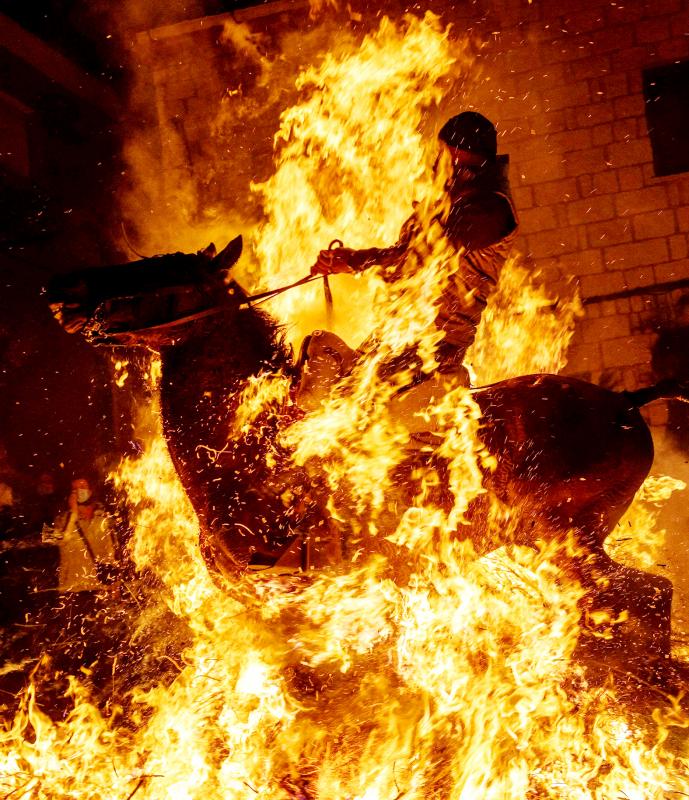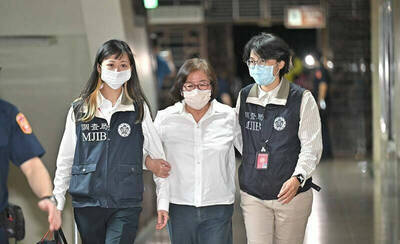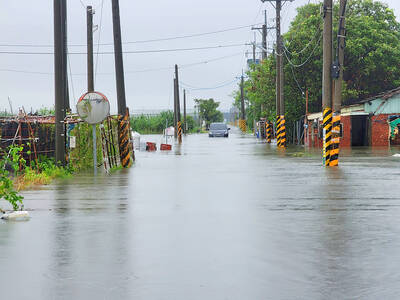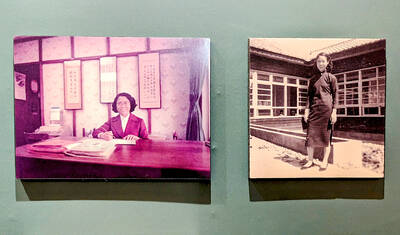At full gallop, the horse emerges from the darkness and races through a string of bonfires in an ancient ritual to ward off sickness performed every January in a tiny Spanish village.
Known as Luminarias, the festival takes place every January 16 in San Bartolome de Pinares, a village perched high in the hills about 100km west of Madrid.
By the light of an almost full moon, several local officials are sweating copiously, despite freezing temperatures, as they pile branches onto the bonfires blazing along the main street of this village of just 600 residents As the bells ring out, there’s a sudden clatter of hooves as the first horse and rider come charging out. After the first horse passes another follows, then a group of them, sparks flying from their hooves as they gallop down the street, cheered on by hundreds of onlookers here to witness this mystical, medieval-like spectacle. The tradition takes place every year on the eve of the feast of San Anton, Spain’s patron saint of animals, and dates back to the 18th century when an epidemic devastated the horse population.

Photo:AFP
“Before when animals died because of infection, they had to be burned,” said Leticia Martin, a 29-year-old physiotherapist riding a horse called Fiel. “So when the epidemic disappeared, people began to believe that the smoke protected the animals.”
PURIFYING FIRE
“These fires, which purify animals from all diseases, are lit on the eve of San Anton’s day, which is celebrated on Jan. 17,” said Anton Erkoreka of the Museum of the History of Medicine in Spain’s Basque Country region. During the feast, masses are held across Spain to bless animals. “Fire is always a purifying element and this festival asks the saint for his protection on animals.”
In other Spanish villages, bonfires are lit at different times of the year to remember earlier plagues and epidemics, although the global pandemic has given the Luminarias festival a slightly new dimension.
But locals such as Emmanuel Martin insist the tradition has nothing to do with COVID-19. It is only about blessing the animals and keeping them “healthy all year round as the smoke from the green branches purifies them,” he says.
“It’s not a show to entertain people,” insists the 26-year-old who first witnessed the event when he was two.
Urged on by the crowd, one rider crosses the bonfires with his arms spread wide in a cross, his horse’s mane plaited, its tail rolled up in a type of topknot, to avoid catching fire.
ADRENALINE RUSH
Although the tradition is widely criticized by animal rights groups, Martin insists it doesn’t harm the horse nor the rider.
“You don’t even notice it,” says his cousin Andrea Lenela, who compares it to brushing a finger quickly through the flame of a cigarette lighter. Every year, the event is attended by vets and firefighters brought in by the local authorities.
“If I thought there was any risk to the horses, I wouldn’t do it,” local resident Mario Candil says.
“Nothing has ever happened to anyone, ever,” insists Monce Garcia, 49, who has come along to enjoy the “atmosphere, the smoke and the typical village tradition.”
Dismounting from her horse, a 46-year-old pharmacist Noelia Guerra speaks animatedly about “the emotions and the adrenaline” which flood through both horse and rider.
“You don’t have to force them, they just go on their own,” she says of the festival, which was celebrated this year for the first time since the pandemic began.
“In this village, there wasn’t a single case of COVID until December 2021,” when Omicron arrived, says Leticia Martin. “We laughed about that, saying it was because we didn’t celebrate the Luminarias in January 2021.”

Following the shock complete failure of all the recall votes against Chinese Nationalist Party (KMT) lawmakers on July 26, pan-blue supporters and the Chinese Communist Party (CCP) were giddy with victory. A notable exception was KMT Chairman Eric Chu (朱立倫), who knew better. At a press conference on July 29, he bowed deeply in gratitude to the voters and said the recalls were “not about which party won or lost, but were a great victory for the Taiwanese voters.” The entire recall process was a disaster for both the KMT and the Democratic Progressive Party (DPP). The only bright spot for

Water management is one of the most powerful forces shaping modern Taiwan’s landscapes and politics. Many of Taiwan’s township and county boundaries are defined by watersheds. The current course of the mighty Jhuoshuei River (濁水溪) was largely established by Japanese embankment building during the 1918-1923 period. Taoyuan is dotted with ponds constructed by settlers from China during the Qing period. Countless local civic actions have been driven by opposition to water projects. Last week something like 2,600mm of rain fell on southern Taiwan in seven days, peaking at over 2,800mm in Duona (多納) in Kaohsiung’s Maolin District (茂林), according to

Aug. 11 to Aug. 17 Those who never heard of architect Hsiu Tse-lan (修澤蘭) must have seen her work — on the reverse of the NT$100 bill is the Yangmingshan Zhongshan Hall (陽明山中山樓). Then-president Chiang Kai-shek (蔣介石) reportedly hand-picked her for the job and gave her just 13 months to complete it in time for the centennial of Republic of China founder Sun Yat-sen’s birth on Nov. 12, 1966. Another landmark project is Garden City (花園新城) in New Taipei City’s Sindian District (新店) — Taiwan’s first mountainside planned community, which Hsiu initiated in 1968. She was involved in every stage, from selecting

As last month dawned, the Democratic Progressive Party (DPP) was in a good position. The recall campaigns had strong momentum, polling showed many Chinese Nationalist Party (KMT) lawmakers at risk of recall and even the KMT was bracing for losing seats while facing a tsunami of voter fraud investigations. Polling pointed to some of the recalls being a lock for victory. Though in most districts the majority was against recalling their lawmaker, among voters “definitely” planning to vote, there were double-digit margins in favor of recall in at least five districts, with three districts near or above 20 percent in